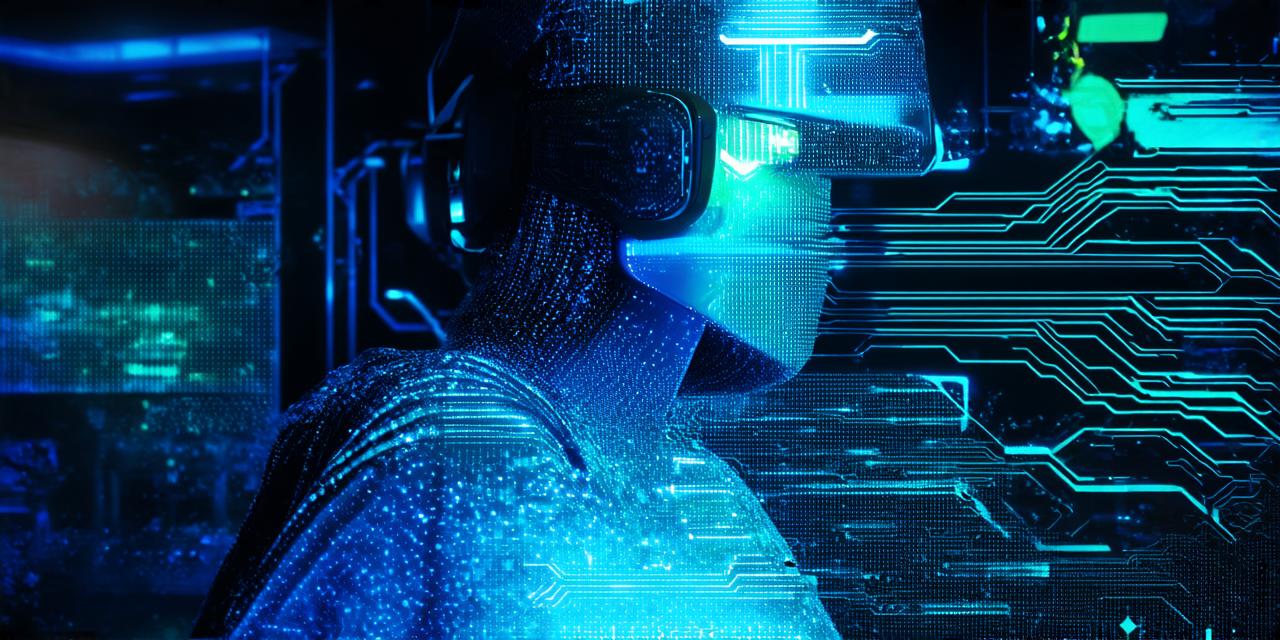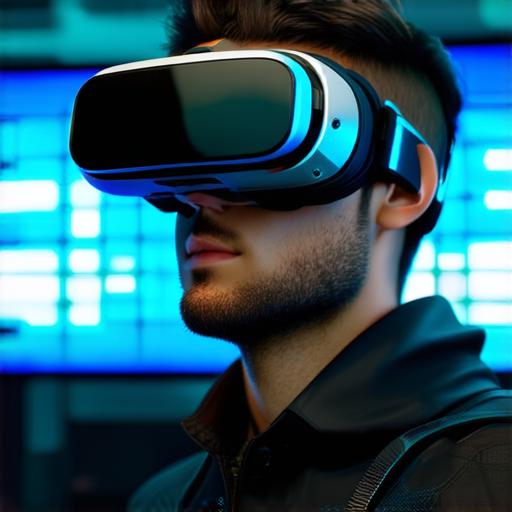
How real can virtual reality feel?
What Makes Virtual Reality Feel Real?
There are several factors that contribute to the perceived realism of VR experiences. Firstly, high-quality graphics and audio are essential for creating an immersive environment that feels authentic. For example, a VR experience that uses 360-degree video and stereoscopic displays can create a sense of depth and perspective that mimics the way our brains process visual information in the real world.
Secondly, haptic feedback systems can be used to simulate physical sensations such as touch, pressure, and temperature. For example, a VR headset with force feedback can make users feel like they are touching objects within the virtual environment, while gloves with temperature sensors can create the sensation of warmth or coldness.
Finally, motion sickness is a common problem for some people when using VR technology. However, advances in tracking technology and algorithms have made it possible to reduce motion sickness by minimizing the difference between what users see and what they feel.
Real-Life Examples of Immersive VR Experiences
One example of a highly immersive VR experience is the use of VR in medical training. For instance, doctors can use VR to practice surgical procedures in a simulated environment that mimics real-world scenarios. This allows them to gain valuable experience without risking patient safety.
Another example is the use of VR in education. Students can use VR to explore historical events or scientific phenomena in a way that is not possible with traditional media. For example, they can walk through ancient Egypt or witness the Big Bang Theory firsthand.
Personal Experiences with VR
As a virtual reality developer, I have had the opportunity to experiment with various VR technologies and create immersive experiences for users. One of the most memorable experiences was when we created a VR simulation of a haunted house. We used high-quality graphics, sound effects, and haptic feedback to create an eerie atmosphere that made users feel like they were really in the house.

Another experience was when we created a VR simulation of a city skyline. We used 360-degree video and stereoscopic displays to create a sense of depth and perspective, and added dynamic weather effects to make the experience more realistic. Users felt like they were really standing on top of a building and experiencing the city from a unique perspective.
Summary
Virtual reality technology has come a long way in recent years, and it’s now possible to create highly immersive experiences that feel almost as real as being in the real world. While there are still some limitations to VR technology, advances in graphics, audio, and haptic feedback systems have made it possible to create experiences that are both engaging and realistic.
FAQs
1. What makes VR experiences feel realistic?
High-quality graphics, audio, and haptic feedback systems all contribute to the perceived realism of VR experiences.
2. Can VR technology truly replicate the feeling of being in a real world?
While there are still some limitations to VR technology, advances in graphics, audio, and haptic feedback systems have made it possible to create experiences that feel almost as real as being in the real world.


